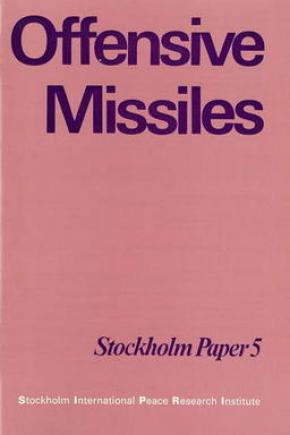Offensive Missiles
The intention of the United States to acquire a strategic nuclear missile force capable of destroying efficiently enemy land-based intercontinental missiles in their reinforced silos—that is, to adopt a strategy of counterforce—is justified in public debates by the argument that the Soviet Union has a lead over the United States in nuclear strength. And if the arsenals of the two countries are compared in terms of numbers and sizes of missiles, this appears true. However, a comparison of the two arsenals on the basis of ability to destroy the missile force of the other country reveals that in fact the United States has always had a considerable lead.
This paper examines those physical properties of nuclear weapons that are relevant for a counterforce strategy, and presents a detailed mathematical analysis of the performance characteristics of existing and proposed weapons. It concludes that, while neither the United States nor the Soviet Union has a significant counterforce capability at present, the new missile programmes proposed by US Secretary of Defense Schlesinger, apart from vastly increasing the nuclear superiority of the United States, will give the United States such a capability by 1980. And since the Soviet Union can be expected to attempt to acquire a similar capability, there seems little chance of any nuclear-arms-limitation agreement between the two countries for a long time, perhaps 20 years.
I. Introduction
II. The physics of countervalue
III. The calculus of destruction
IV. Future escalation scenarios
V. Conclusions

